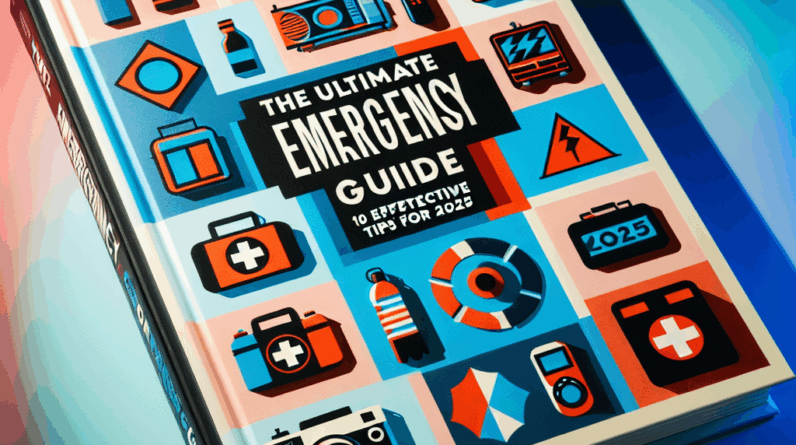
Physical fitness isn’t just for health and aesthetics; it is a vital component of being adequately prepared for any emergency. Developing a strong, flexible, and enduring body can significantly enhance your ability to respond effectively when faced with unexpected situations.
Building Physical Strength for Emergency Scenarios
Understanding the importance of strength in emergencies is paramount. Your body acts as your primary tool during crises—whether it involves lifting heavy debris to clear a path or assisting another person, having robust physical strength is indispensable. It’s not merely about appearing fit but about being functionally capable.
In various scenarios, quick movement or the ability to manage unexpected weight might be necessary. For instance, during a storm, helping a neighbor clear fallen branches quickly reminded me of the importance of regular strength training. Strength does make a substantial difference in such situations.
Including exercises that target different muscle groups is crucial. I prefer resistance training as it enhances both strength and endurance, the latter being particularly important in emergencies. Being unprepared can have dire consequences, so regular strength training is not just beneficial but essential.
Enhancing Cardiovascular Fitness for Rapid Response
The significance of cardiovascular health cannot be overstated when it comes to emergency preparedness. Poor heart health can severely hinder your ability to perform under pressure. I recall struggling to breathe after a short run during a neighborhood drill a few years back, which highlighted the importance of cardiovascular fitness.
Cardiovascular activities like jogging, cycling, or swimming not only prepare your body to handle stress but also help maintain mental clarity under pressure. This type of fitness is not just about survival; it’s about excelling under stress. Regular cardio workouts also improve mood and mental clarity, which are invaluable during crises.
The Importance of Flexibility and Mobility
Flexibility and mobility are often underestimated in emergency preparedness, yet they are crucial. Restricted movement can be a major disadvantage in emergencies, especially in confined spaces or when quick escape is necessary.
Incorporating yoga and stretching into my routine has not only made daily activities easier but has also potentially life-saving benefits during emergencies. Being able to move freely without injury is a huge advantage, helping to avoid injuries and better manage unexpected physical stress.
Mental Preparation Tied to Physical Fitness
Physical fitness significantly impacts mental resilience. Regular exercise boosts energy and confidence, which translates into better preparedness for emergencies. Fit individuals tend to be more resilient, and this mental edge can be vital.
Moreover, fitness routines enhance discipline and problem-solving capabilities. The mental clarity gained from regular physical activity helps in making quick, effective decisions during emergencies, illustrating the deep connection between physical and mental preparedness.
Building a Community of Preparedness Through Fitness
Physical fitness can also foster community connections, which are essential for comprehensive emergency preparedness. Participating in community fitness activities can lead to meeting others who value preparedness, facilitating knowledge and resource sharing.
These connections not only enhance personal preparedness but also build a support network that can prove invaluable during actual emergencies. Engaging with a community focused on fitness and preparedness can greatly increase collective safety and readiness.
FAQ
1. What is the main benefit of physical fitness in emergencies?
Physical fitness enhances your ability to respond effectively and swiftly, improving strength, endurance, and mental clarity, all crucial during emergencies.
2. Can flexibility really impact my ability to handle emergencies?
Yes, flexibility is essential. It allows for freer movement in tight situations, helps dodge obstacles, and prevents injuries under stress, making it a critical component of emergency preparedness.
3. How does exercise improve mental preparedness?
Exercise increases mental toughness and resilience. Regular physical activity sharpens problem-solving skills and helps maintain calmness during crises, enhancing overall emergency response.
4. Is community involvement important in emergency preparedness?
Absolutely. Community engagement in fitness and preparedness provides support, shared resources, and knowledge, crucial for effective emergency response.
5. What types of exercises should I focus on for emergency preparedness?
A balanced routine including strength training, cardiovascular workouts, and flexibility exercises is recommended. This combination prepares the body for various emergency scenarios, ensuring a comprehensive readiness.




